Phelippe Ayet, c.1574
Archaic, late medieval Spanish-suited playing cards printed by Phelippe Ayet, c.1574.
Archaic, late medieval Spanish-suited designs
Cards from a Spanish-suited pack made by Phelippe Ayet, c. 1574 were found in the Torre de los Lujanes in Madrid during demolition, and are now in the collection of the Gabinete de Antiguedades Real Academia de la Historia, Madrid. 44 cards were found in total, derived from possibly three separate packs; approximate size: 11.5 x 8 cms. Opinion is divided over whether the cards were made in France, possibly Thiers, and imported into Spain, or else made in Catalonia by a French or Flemish card maker. The style is an archaic, late medieval type, which pre-dates the Spanish National pattern. The King of Coins wields a battle axe over his shoulder and can be found in later cards from Provence and also as the King of Hearts in English packs ('Suicide King'). The inscription on the Five of Coins reads: “Grossus vs novvs imperatoris romanorum”.
NOTE: an early account of these discoveries can be found in ‘La Alhambra’, 10 March, 1885, page 2r: here►

Above: the small figures on some of the numeral cards is a feature also seen in late XV century Catalan cards which persists into the sixteenth and seventeenth centuries in cards made in Seville. Cards with similar designs were produced by Jean Pouns (see below), Joan de Santillana and Jehan Prou. Another similar pack has been discovered in Toledo. Cards from facsimile edition by the Real Academia de la Historia, 2001.
Eight of Clubs: It would be thought hardly possible for cards to have survived from the wrecks of the Spanish Armada. However, one card, the Eight of Clubs, was found in a metal box embedded at the bottom of Tobermory Bay.
Cards with similar designs were produced by Jean Pouns S.S. (possibly of San Sebastian). The Five of Coins shows the portraits of the Catholic monarchs, whilst the Four of Coins has a six-pointed star with a shield in the centre. The Ace of Swords has a small person in the background.
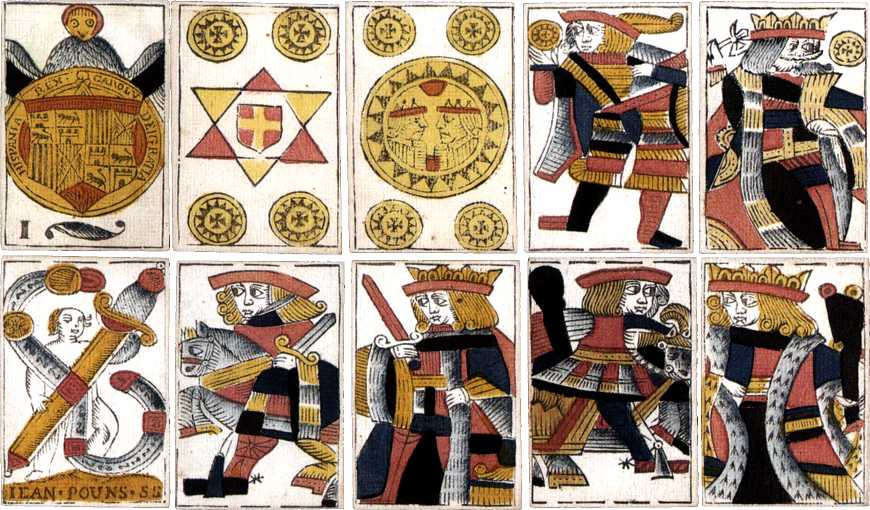
Above: cards from a woodblock and stencilled Spanish-suited pack, of similar design to the example by Phelippe Ayet, made by Jean Pouns S.S. (possibly of San Sebastian).
Image of cards in the Fournier Museum, Alava, taken from: Agudo Ruiz, Juan de Dios: Los Naipes en España, Diputación Foral de Álava, 2000.
By Simon Wintle
Spain • Member since February 01, 1996 • Contact
I am the founder of The World of Playing Cards (est. 1996), a website dedicated to the history, artistry and cultural significance of playing cards and tarot. Over the years I have researched various areas of the subject, acquired and traded collections and contributed as a committee member of the IPCS and graphics editor of The Playing-Card journal. Having lived in Chile, England, Wales, and now Spain, these experiences have shaped my work and passion for playing cards. Amongst my achievements is producing a limited-edition replica of a 17th-century English pack using woodblocks and stencils—a labour of love. Today, the World of Playing Cards is a global collaborative project, with my son Adam serving as the technical driving force behind its development. His innovative efforts have helped shape the site into the thriving hub it is today. You are warmly invited to become a contributor and share your enthusiasm.

Leave a Reply
Your Name
Just nowRelated Articles
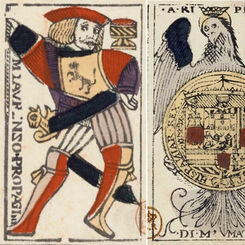
Laurenzo Propagine
Spanish-suited cards made in Italy by Laurenzo Propagine.

Archaic Franco-Spanish pattern
Archaic Franco-Spanish pattern by Guillaume & Jean Grossard (Bordeaux).

Archaic Spanish proof sheets
2 x uncoloured proof sheets of archaic Spanish-suited playing cards produced for “New Spain”, possib...
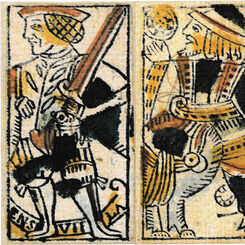
Sevilla 1647 reproduction
Facsimile of Spanish-suited pack produced in Sevilla, Spain, 1647.

Pierre Roiné Aluette
Archaic form of Aluette published by Pierre Roiné, Nantes, c.1785.
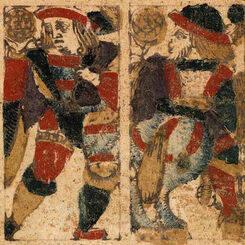
Toledo, 1584
Archaic Spanish-suited deck with 48 cards made in Toledo in 1584.

Navarra Pattern, 1682
Navarra pattern produced for the Pamplona General Hospital Monopoly in 1682.
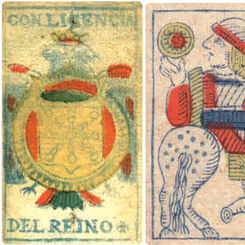
Navarra Pattern
Navarra Pattern produced for the Pamplona General Hospital Monopoly.

Master of the Playing Cards
Animal suited playing cards engraved by the Master of the Playing Cards, Germany, c.1455

XV Century Catalan playing cards
XV Century Catalan Playing Cards, featuring four female Sotas, four Aces and four cards from the sui...
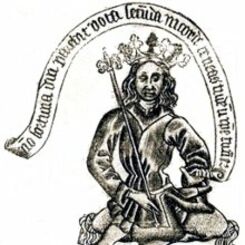
Master of the Banderoles
Playing Cards by the Master of the Banderoles, one of the earliest professional printmakers.

Joan Barbot
Joan Barbot, San Sebastian c.1765-1810.

Tax on Spanish Playing Cards
Taxation on Spanish playing cards, the monopolies and smuggling.
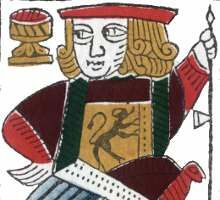
Navarra, XVII Century
Facsimile of 17th century Spanish-suited playing cards produced by Erregeak, Sormen S.A., Vitoria-Ga...
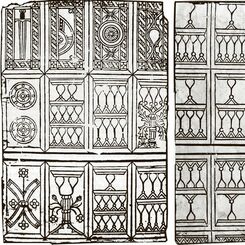
Moorish playing cards
These two uncoloured, uncut sheets of early Moorish playing cards were formerly preserved in the Ins...

Gothic Spanish-suited cards
These cards may be a typical example of early 'standard' Spanish playing cards, maybe from before Co...
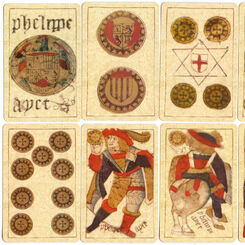
Phelippe Ayet, 1574
49 assorted cards were found hidden in the lintel of a doorway, in an old building in Toledo, during...

Baraja Morisca — Early XV century playing cards
Primitive Latin suited pack, dated by paper analysis as early XV century, which makes this one of th...

Spanish National Pattern
Probably originating in Spain in the seventeenth century or even earlier, this pattern became strong...
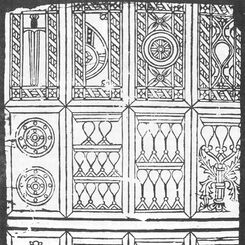
A Moorish Sheet of Playing Cards
This article was originally published in “The Playing-Card”, the Journal of the International Playin...
Most Popular
Our top articles from the past 60 days



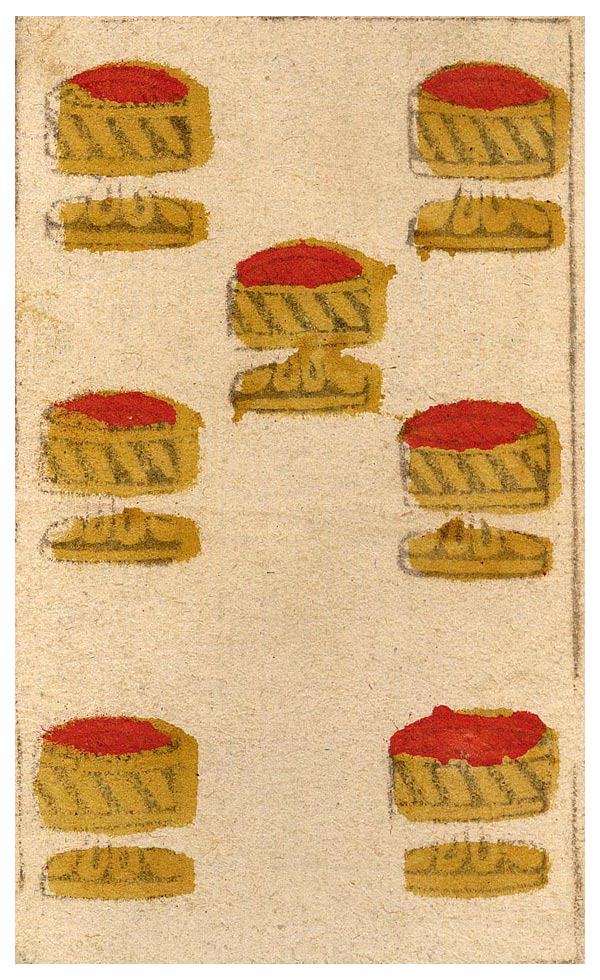

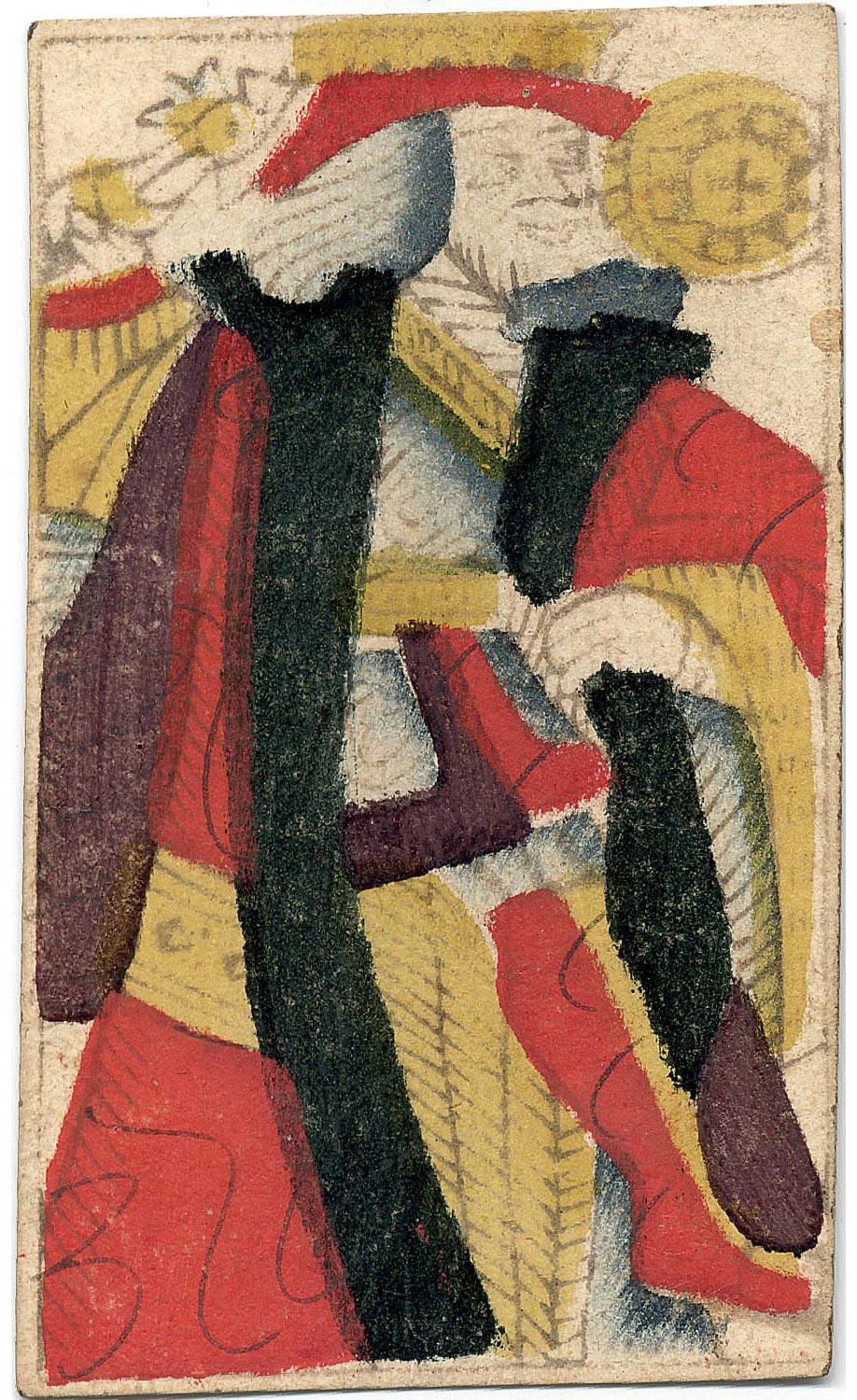
 Your comment here. Your comment here. Your comment here. Your comment here. Your comment here. Your comment here. Your comment here. Your comment here. Your comment here. Your comment here. Your comment here. Your comment here. Your comment here. Your comment here. Your comment here. Your comment here. Your comment here. Your comment here. Your comment here. Your comment here. Your comment here. Your comment here. Your comment here. Your comment here. Your comment here. Your comment here. Your comment here. Your comment here. Your comment here. Your comment here. Your comment here. Your comment here.
Your comment here. Your comment here. Your comment here. Your comment here. Your comment here. Your comment here. Your comment here. Your comment here. Your comment here. Your comment here. Your comment here. Your comment here. Your comment here. Your comment here. Your comment here. Your comment here. Your comment here. Your comment here. Your comment here. Your comment here. Your comment here. Your comment here. Your comment here. Your comment here. Your comment here. Your comment here. Your comment here. Your comment here. Your comment here. Your comment here. Your comment here. Your comment here.




















